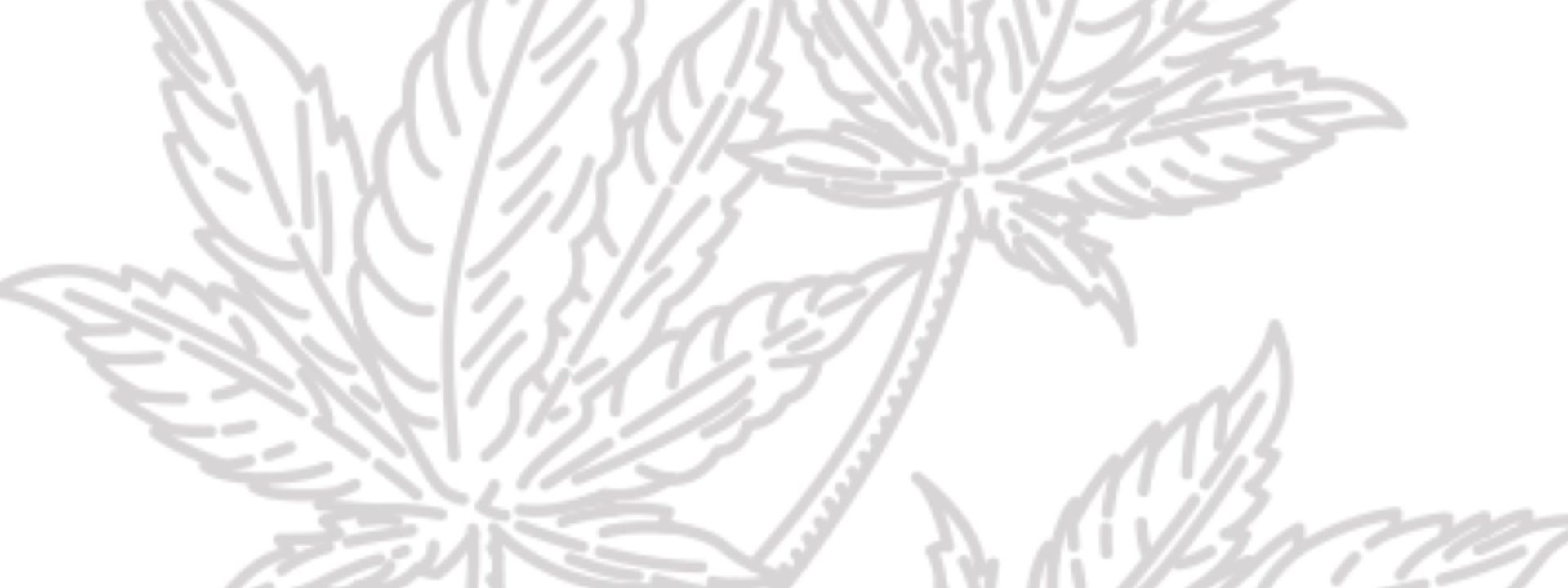The anatomy of a cannabis plant isn’t limited to “roots, bud, and leaves,” although those are pretty important. Cannabis plants actually have quite a few different parts to them, each playing an important role in how the plant grows and produces quality product. While you may not need to know the anatomy of a cannabis plant in your everyday life, there’s no harm in learning, right?
Seeds
Seeds feel like the logical place to start, don’t they? There are three main types of cannabis seeds: regular seeds, feminized seeds, and autoflower seeds. Regular seeds are the ones you get straight from nature. Nothing has been modified about them. Feminized seeds, on the other hand, have been modified by breeders to have a better chance of producing female plants. Female plants are the ones that produce bud, and odds are that’s what you’re hoping for when growing cannabis. Autoflower seeds are specifically bred to allow the plants to flower on their own schedule. This is useful for first-time growers, or growers who are looking for the plants to flower with little supervision.
Cotyledons
If you’ve ever grown your own cannabis, you’ll know that you have to let the seed germinate before potting it. The little leaves that sprout from the seed are called cotyledons, and they help start (and maintain) photosynthesis until the “real” leaves grow in.
Roots
Seems straightforward right? Roots are roots. Well, not quite. Depending on how a cannabis plant is grown, it will have different roots. A plant grown straight from the seed will have one larger root, called the taproot, with a bunch of smaller feeder roots attached as well. Any plant that’s grown from a clone or cutting will only have feeder roots, no taproot. No matter what type of roots there are, they all function the same way. Roots anchor the plant in the soil and draw in, store, and distribute nutrients.
Stalk and stems
You know how a square is a rectangle, but a rectangle is not a square? That same principle applies to stalks and stems. A stalk is the main stem of the cannabis plant, and then other, smaller stems branch off the stalk. So a stalk is always a stem, but a stem is not always a stalk. The stalk provides support for the plant, while the stems hold up the leaves and flowers to make sure everything is getting enough light.
Leaves
There’s really nothing about the function of cannabis leaves from a regular plant. The leaves take in carbon dioxide, expel water and oxygen, and turn light into energy. Basically, they’re a crucial tool that help the plant photosynthesize and grow.
Cuttings
Remember when we talked about roots and mentioned plants grown from clones or cuttings? These are them. Cuttings are the branches of the female plant that have literally been cut off. They get planted in new soil, eventually growing new roots and a whole new plant. That entire process is called cloning.
Pistils
Pistils are only found on female plants and emerge to collect pollen from the male plant. They look like long hairs growing off the plant and let you know that your plant is female. Pistils can also be used to tell you when to harvest your plant in the flowering stage. Once pistils have started to turn orange, brown, or red, you know that the buds are ready to be harvested.
Stigma
On every pistil you’ll find little hair-like fibres that are pretty sticky. These are called stigma and are used to capture as much pollen from the male plant as possible.
Calyx
After pollination, female plants produce a small seed. This takes place in the calyx. The calyx also protects the plant’s reproductive organs and provide the plant base with some stability.
Trichomes
You’ve probably heard of trichomes before. They’re the microscopic hair-like crystals that appear on cannabis bud. They’re shiny and sticky, and actually do a lot for the plant. Trichomes also contain terpenes, which are what give each strain of cannabis its distinct aroma and flavour.
So there you have it. The anatomy of a cannabis plant. Sure, there are probably even more parts to it than this, but these are what we consider the most important. Learning about the basics cannabis is always a good place to start if you’re new to the landscape. And hey, even if you’re not new, it’s always fun to learn, right?
